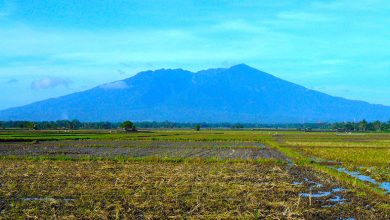Poetry Spanish Colonial Period
Religious lyrics written by ladino poets or those versed in both Spanish and Tagalog where used to teach Filipinos the Spanish language. Fernando Bogonbanta’s Salamat nang Walang Hangan (Unending Thanks) is a fine example that is found in the Guidelines for the Christian life in the Tagalog language which was published in 1605. There were also novenas and catechisms as well as pasyon, a religious poetry that became entrenched in the Filipino’s commemoration of Chirst’s agony and resurrection at Calvary.
Secular works appeared alongside historical and economic changes. The most notable of the secular lyrics followed the conventions of a romantic tradition. The leading poets were Jose Corazon de Jesus (Huseng Sisiw) and Francisco Balagtas. Some secular poets who wrote in the same tradition were Leona Florentino, Jacinto Kawili, Isabelo delos Reyes and Rafael Gandioco.
Another secular poetry is the metric romance, the corrido or awit, was a traditional genre also practised by 18th century poets. Francisco Balagtas wrote the most famous of the country’s metrical romances, Florante at Laura depicts in allegorical form some of the abuses committed by the Spaniards.
The late 19th century saw a notable flowering of lyrical poetry by Jose de Vergara, Juan de Atayde and Pedro Paterno (who was also a novelist). At the beginning of the 20th century a school of nationalist poetry celebrating the glory of the nation or the heroism of Rizal arose, with such writers as M. Guerrero, Cecilio Apostol, Jose Palma y Velasquez, Andres Bonifacio and Emilio Jacinto. Along with the revolutionary love song of the period (kundiman), these anti-colonial and nationalist discourses contributed to the Filipino’s struggle for independence.




